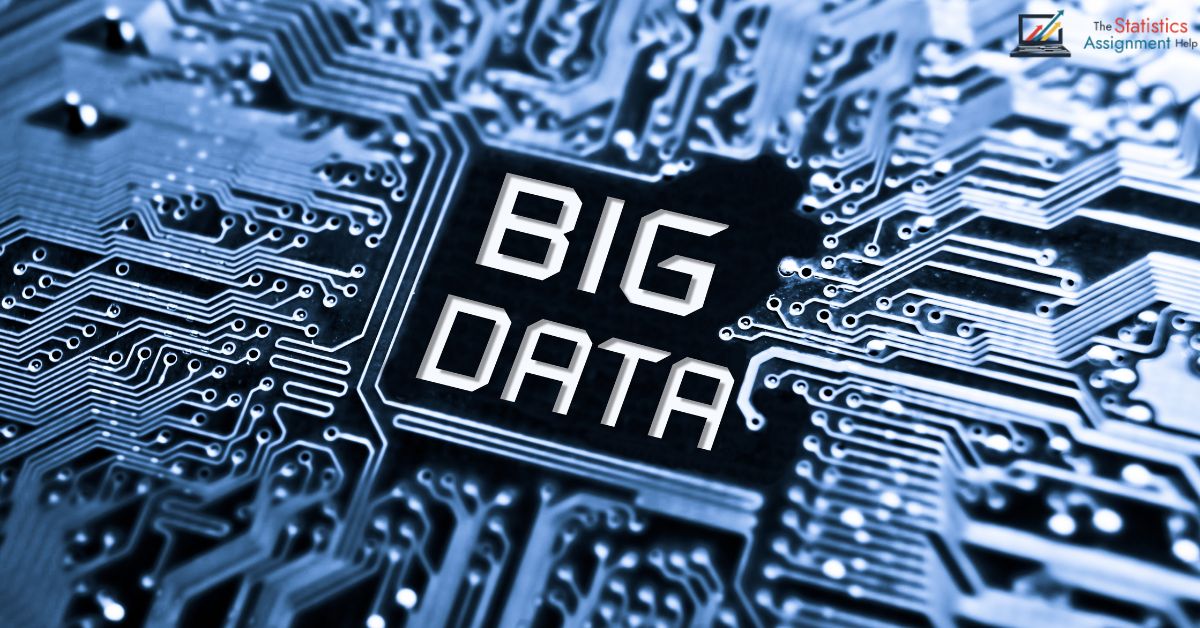
- 29th Aug 2025
- 06:03 am
In today’s digital world, data is growing at an unbelievable pace. Every second, we create an enormous flow of information—whether it’s through social media posts, online shopping, medical records, or even satellite images.This constant stream of information is what we call Big Data. And to make sense of it all, we turn to a trusted science that never goes out of style—statistics.
What is Big Data?
Big Data refers to collections of information that are so large, complex, or rapidly generated that traditional methods simply can’t keep up. It is often described using the 5 Vs:
- Volume – huge amounts of data.
- Velocity – data created at lightning speed.
- Variety – structured, semi-structured, and unstructured data.
- Veracity – reliability and quality of data.
- Value – meaningful insights extracted from data.
Why Statistics is Essential for Big Data
Statistics gives us the framework to organize, interpret, and make sense of massive datasets. Without it, Big Data is just noise.
? Data Sampling – Helps choose representative data from billions of records.
? Regression Models – Used for predictions and trend analysis.
? Probability Theory – Assesses uncertainty and risk in decision-making.
? Hypothesis Testing – Tests assumptions and validates insights.
In short, statistics transforms Big Data into actionable knowledge.
Tools for Handling Massive Datasets
Today, handling Big Data requires combining statistical methods with powerful technological tools. Some popular ones include:
- Python - It’s a go-to choice for statistics, data science, and machine learning, thanks to powerful libraries like Pandas, NumPy, and Scikit-learn.
- R Programming -R is highly favored by statisticians for its strong capabilities in statistical modeling, data visualization, and advanced data manipulation.
- Hadoop - Hadoop is an open-source framework designed to store and process massive datasets efficiently across distributed systems.
- Apache Spark - Handles large-scale data processing and is faster than Hadoop for many statistical and machine learning tasks.
- SQL - SQL is essential for querying, organizing, and managing structured datasets effectively.
- MATLAB - Powerful for numerical analysis, simulations, and advanced statistical computing.
Real-World Applications of Big Data & Statistics
- Healthcare: Analyzing patient records to predict disease outbreaks.
- Finance: Detecting fraud by scanning millions of transactions.
- Retail: Personalizing recommendations using purchase history.
- Climate Science: Forecasting weather using time-series statistics and Big Data.
- Education: Tracking student performance through data-driven insights.
Challenges in Using Statistics with Big Data
While powerful, working with massive datasets also has challenges:
- Ensuring data quality (avoiding errors and biases).
- Managing data privacy and ethics.
- Handling unstructured data like images, text, or videos.
- Needing specialized skills in both statistics and technology.
Final Thoughts
Big Data is everywhere, but it’s statistics that gives it meaning. By combining statistical methods with modern tools like Python, R, Hadoop, and Spark, we can extract insights that shape industries, businesses, and everyday life. For students, learning statistics alongside Big Data tools opens doors to careers in data science, analytics, and AI. And when assignments or projects feel challenging, getting expert guidance can make the journey smoother and more rewarding. Platforms like The Statistics Assignment Help provide guidance with statistics homework, Big Data projects, and data analysis tools, making it easier to learn and succeed.
FAQs
1. Is Big Data only useful for large companies?
Not at all. While tech giants and financial institutions are heavy users of Big Data, even small businesses leverage it—for customer insights, sales forecasting, inventory management, and smarter decision-making. For instance, small retailers analyze customer buying patterns to stock the right products, while local healthcare centers use patient data to improve diagnosis, treatment, and overall care. Big Data, combined with statistics, is scalable—meaning it can be applied to organizations of any size.
2. Do I need a strong math background to study Big Data and statistics?
A basic understanding of math (like algebra and probability) is important, but you don’t need to be a mathematician. Python, R, and visualization tools make working with data much easier. But the real strength comes from how well you can solve problems and make sense of the results—not just run calculations.
3. How do Big Data and statistics relate to artificial intelligence (AI)?
Statistics forms the foundation of AI and machine learning. Big Data provides the massive datasets, and statistical models help AI systems “learn” from that data. For example, Netflix’s recommendation engine or a bank’s fraud detection system both work by combining statistics, Big Data, and AI seamlessly.
4. What career paths can I pursue with knowledge of Big Data and statistics?
Students skilled in this area can explore careers such as:
- Data Scientist
- Business/Data Analyst
- Machine Learning Engineer
- Statistician
- AI/Big Data Consultant
These roles are among the fastest-growing jobs in 2025, with demand across industries like finance, healthcare, technology, and e-commerce.
5. How can students practice Big Data and statistics without access to huge datasets?
Great question! Many platforms provide sample datasets and tools for learning. Platforms such as Kaggle, the UCI Machine Learning Repository, and Google Dataset Search provide free access to a wide range of datasets. You can practice Big Data analysis by using Python libraries or experimenting on cloud platforms like Google Colab. This way, students can gain hands-on experience without needing enterprise-level data storage systems.








